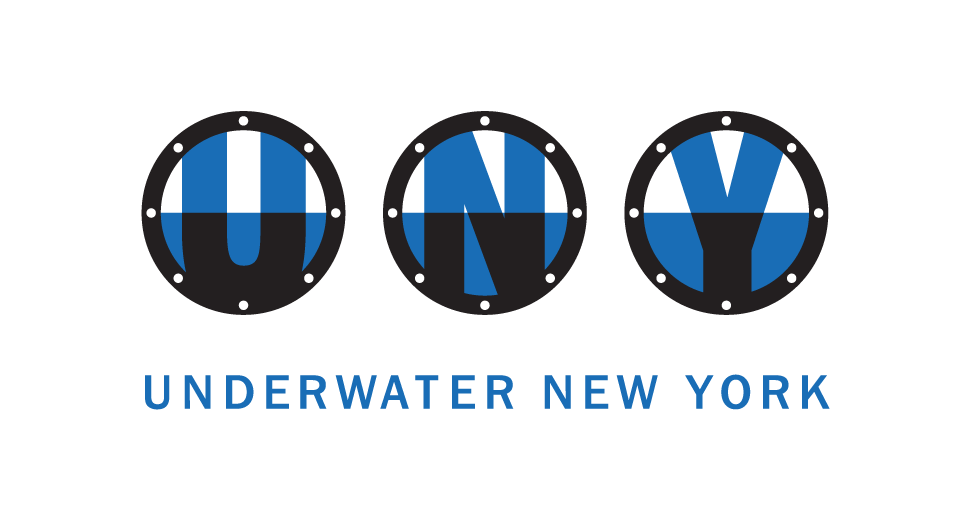Elizabeth L. Bradley has contributed to Underwater New York, Salon, Smithsonian.com, and Gothamist. "Water" is excerpted from her new history, "New York," by permission of Reaktion Books, London, England (please note Anglicized spelling throughout). "New York" is available for purchase here.
Phillip Lopate describes the shape of Manhattan Island as ‘a luxury liner, permanently docked, going nowhere’. This feeling of being tethered to the land, unable to get to sea, was a feature of New York life for much of the twentieth century. New York was an island without a coast. The West Side piers that once welcomed the Lusitania spent most of the twentieth century crumbling or behind barbed wire, while the East Side’s coves and points were cut off from pedestrians by six lanes of the Robert Moses-designed Franklin Delano Roosevelt Drive. It wasn’t much easier to reach the shores of Brooklyn, Queens or the Bronx, either: with a few exceptions, they were largely reserved for municipal or industrial use, and easiest to see from the Staten Island Ferry (en route to the borough with the most beaches). Now, slowly, the city is reclaiming its shoreline, with some spectacular results.
Read MoreElizabeth L. Bradley has contributed to Underwater New York, Salon, Smithsonian.com, and Gothamist. "Water" is excerpted from her new history, "New York," by permission of Reaktion Books, London, England (please note Anglicized spelling throughout). "New York" is available for purchase here.
Read More"A distant glimpse of navigation lights, the remote passing of a liner from an office window, perhaps a Sunday excursion around Manhattan or across the Bay to Staten Island—such is the sum of the average New Yorker’s acquaintance with his port.” - Jan Morris, The Great Port
